Your winter garden: how to take care of it to prepare for spring
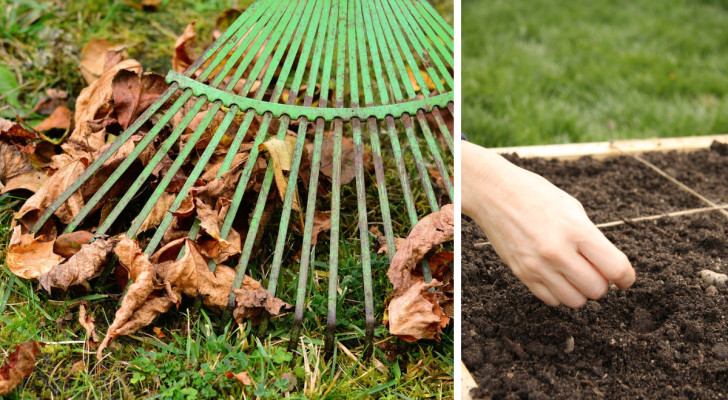
Winter is the season when most of the plants in our garden become dormant. But this doesn't mean they don't need any care. The end of winter, in particular, is a very important time for your greenery, it is the moment in which nature prepares itself for spring - and so must we for our plants.
There are various routine maintenance operations that you must take care of in the winter months and, in particular, at the end of winter. But what are these? Let's find out together:
1. Remove weeds and dead leaves
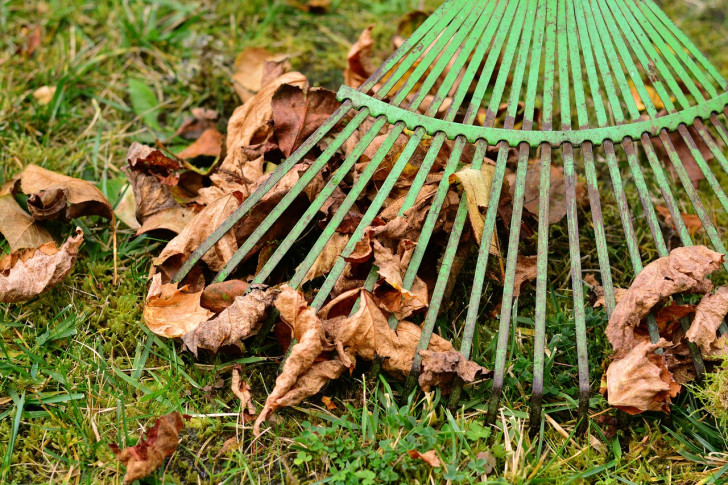
The first chore to do is to clear the soil by raking up fallen, dead leaves and pulling up weeds which could prevent your plants from growing properly. Dead leaves can also make the ground slippery and can block drains.
2. Pruning

The end of winter is also the ideal time to do some pruning.
Roses, for example, can be pruned by eliminating the most lignified branches to encourage the growth of new shoots (a lignified branch is one which, after the month of August, has grown well, hardens, and turns blackish). In the case of climbing roses, you can carry out a more thorough pruning by eliminating the central branches, while those with single flowers can be cut higher up.
Fruit trees and shrubs that put out new shoots in spring can be pruned thoroughly to encourage new growth, while those that flower in late winter (on the previous year's branches) such as forsythias or lilacs will only need to be pruned to restore their shape.
3. Fertilizing
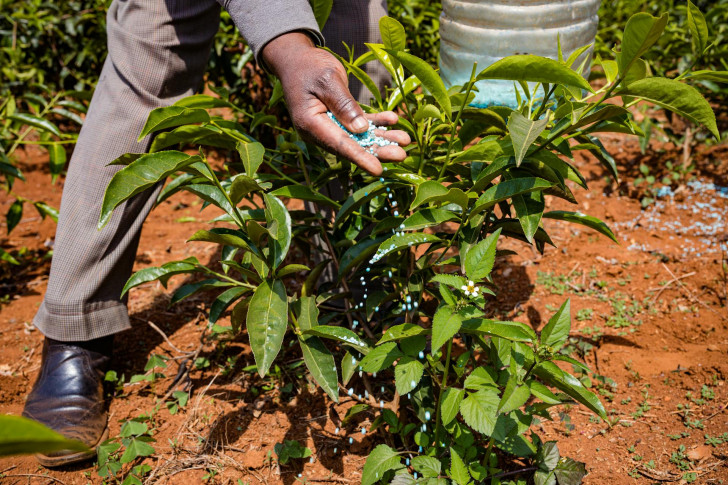
The end of winter is also the ideal time to carry out organic fertilization of the soil in order to nourish your plants. Use compost or earthworm humus to enrich exhausted, clayey or compact soil. For porous soil, use organic fertilizers of biological origin.
4. Watch for parasites
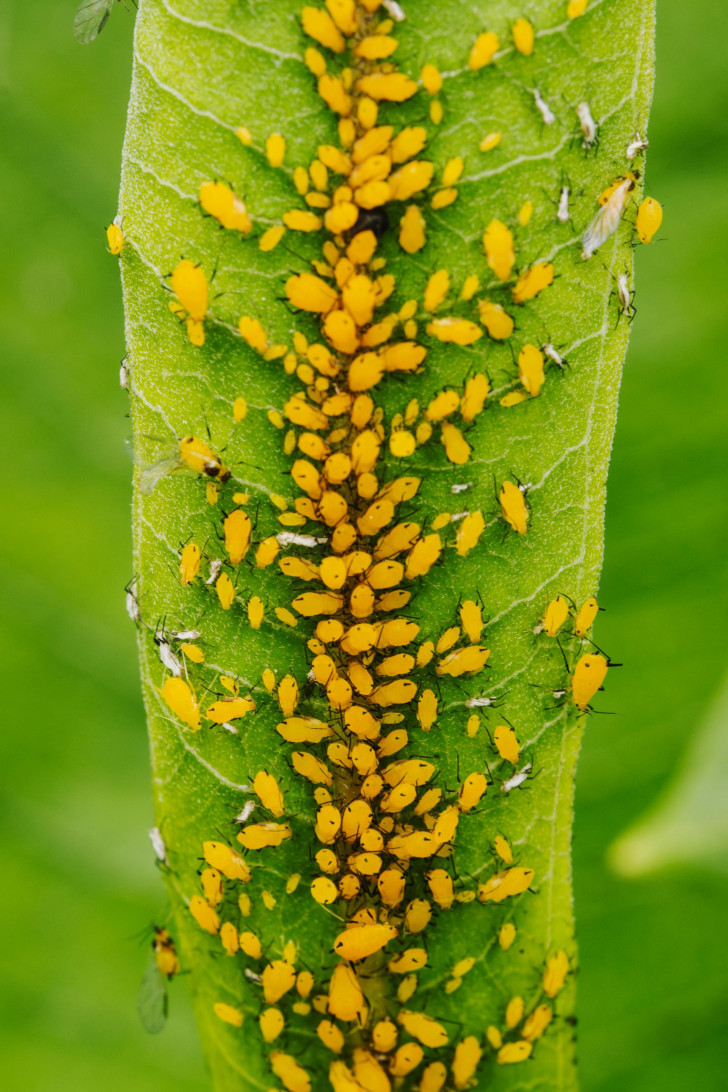
Even in winter, there is a risk of parasites attacking your plants and it is therefore important to monitor this situation. In fact, many parasites are able to survive the harsh winter temperatures by hiding under bark, inside tree trunks or branches, under dead leaves. The parasites will emerge as soon as temperatures rise.
5. Propagation
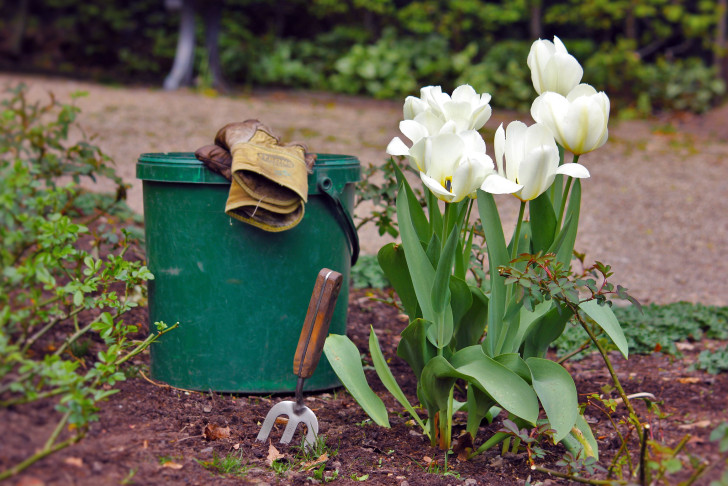
If your want to propogate you herbaceous plants, the end of winter is the right time to do this (herbaceous plants are vascular plants that have no woody stems above ground. This broad category of plants includes many perennials, and nearly all annuals and biennials). Divide up the plant clump to propogate it (this can be done with plants such as the yarrow, geranium, nepeta, anemone and many others).
6. Sowing
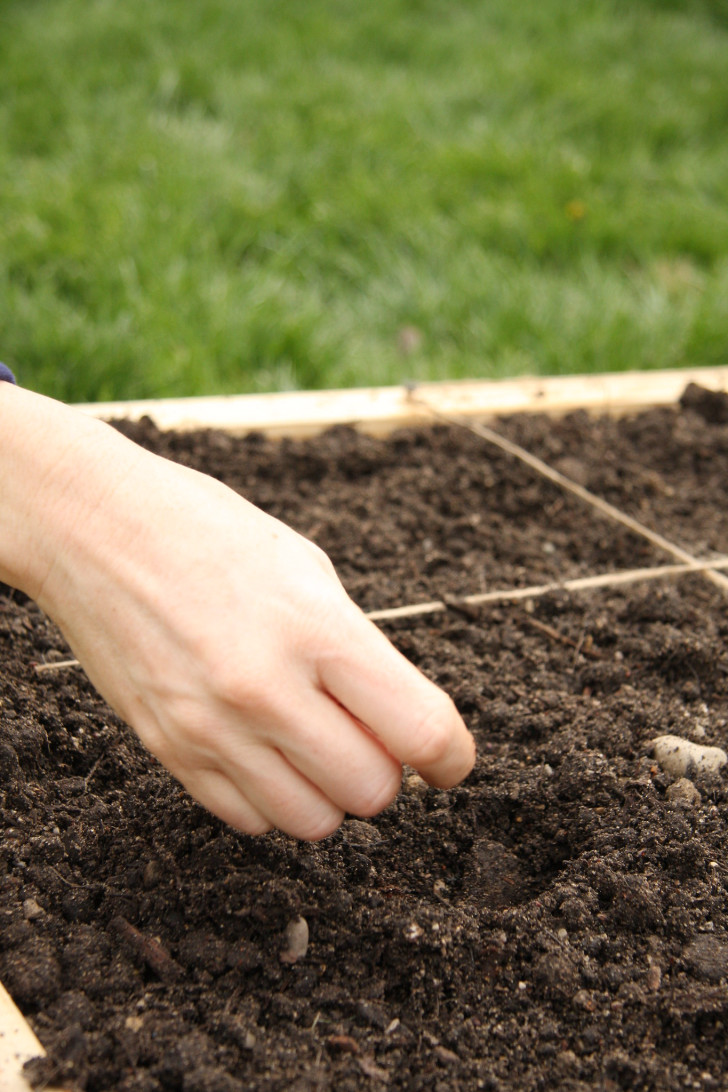
Finally, February is the ideal time for sowing the first spring vegetables such as peppers, tomatoes, aubergines, lettuce, radishes, chickpeas, potatoes and spinach; many flowering plants can also be sown in this month, such as purslane, dahlia, sage, zinnia, viola, petunia, carnations, and many others.
Remember to use a seedbed and keep it in a place that is not too cold (such as a greenhouse), in order to allow the roots to develop. Water regularly and in a few weeks, your seedlings will be ready for transplanting into open ground.
As you can see, gardening chores never end, not even in the coldest months of the year!